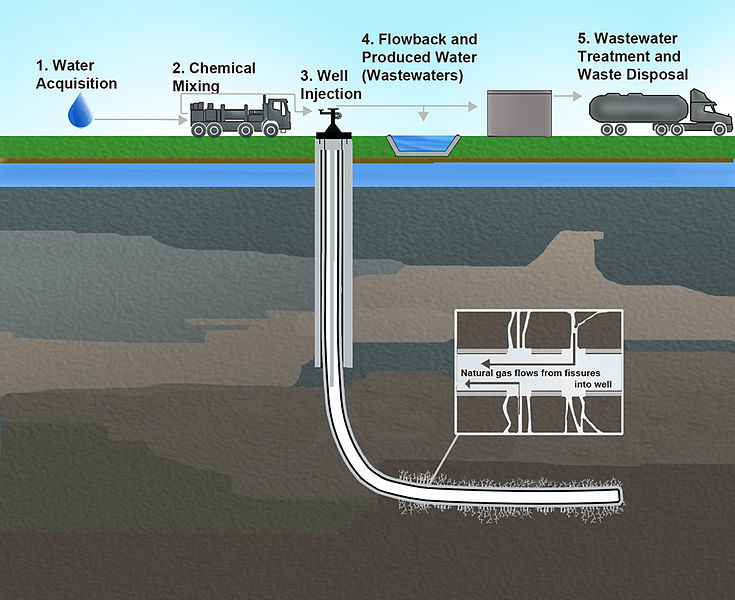California Fracking Regulations Signed Into Law

The SB-4 bill, signed into law by Governor Jerry Brown on Sept. 20, is California's first regulation on fracking operations.
Hydraulic fracturing—or fracking—is a process that has been used by oil companies since the 1940s to extract oil and natural gas.
In its simplest sense, fracking is the process of pumping water, sand and a mixture of chemicals underground at an extremely high pressure to release oil and natural gas from underground rock formations.
California's new law requires oil companies to disclose the chemicals and the amount of water used during the fracking processes to the public and notify nearby residents of scheduled drilling.
Oil companies now must obtain permits for both fracking and acidizing operations. Mandatory onsite water quality testing will be carried out before and after drilling and must include a wastewater disposal plan.
Democratic Senator Fran Pavely, the creator of Senate Bill 4, spoke highly of the new law.
"Starting January 1, 2014, oil companies will not be allowed to frack or acidize in California unless they test the groundwater, notify neighbors and list each and every chemical on the Internet," Senator Pavley said. "This is a first step toward greater transparency, accountability and protection of the public and the environment. Now we need immediate, robust enforcement and widespread public involvement to ensure the law is upheld to its fullest."
Despite a higher level of transparency, the environmental damage of hydrofracking make it an extremely controversial proccess.
Acccording to the EPA, hydraulic fracturing operations can lead to: (1) Stress on surface water and ground water supplies from the withdrawal of large volumes of water used in drilling and hydraulic fracturing;(2) Contamination of underground sources of drinking water and surface waters resulting from spills, faulty well construction, or by other means; (3) Adverse impacts from discharges into surface waters or from disposal into underground injection wells; and (4) Air pollution resulting from the release of volatile organic compounds, hazardous air pollutants, and greenhouse gases.
Most of California's shale oil is located in 1,752 square miles of the Monterey/Santos region, where the Department of Energy estimates 15.42 billion barrels of technically recoverable oil lie.
On paper, the Monterey Shale formation seems like a perfect place to extract oil, but oil companies have found little success. Companies such as Venoco Inc. of Los Angeles and Alliance Bernstein LP have been extracting the "easier-to-get" oil in the region. Now oil companies are beginning to use techniques such as fracking, steam injection and carbon dioxide injection to force the oil out of the rock formations.
Environmentalists oppose the new law due to the lack of regulations on fracking and acidizing operations. According to the Ventana Chapter of the Sierra Club, "SB 4 does not actually establish regulations for oil and gas well hydraulic fracturing of for hydrofluoric acid well stimulation."
Reach Staff Reporter Michael Nystrom here.



